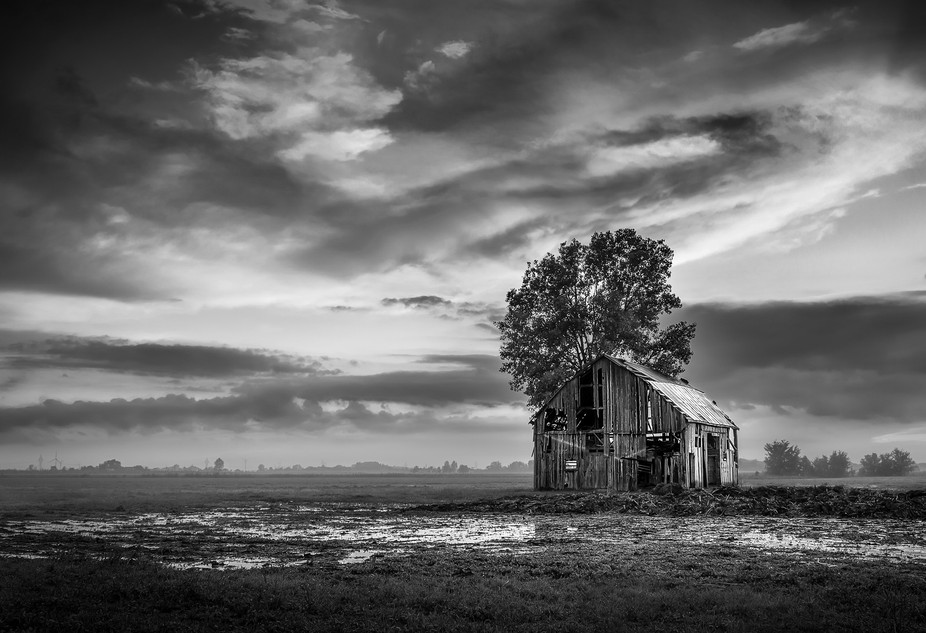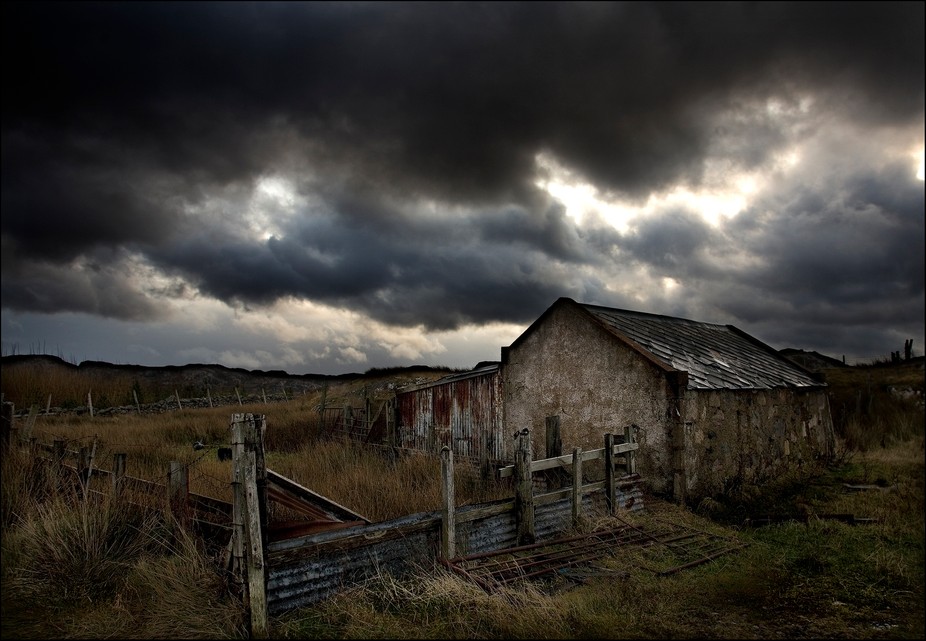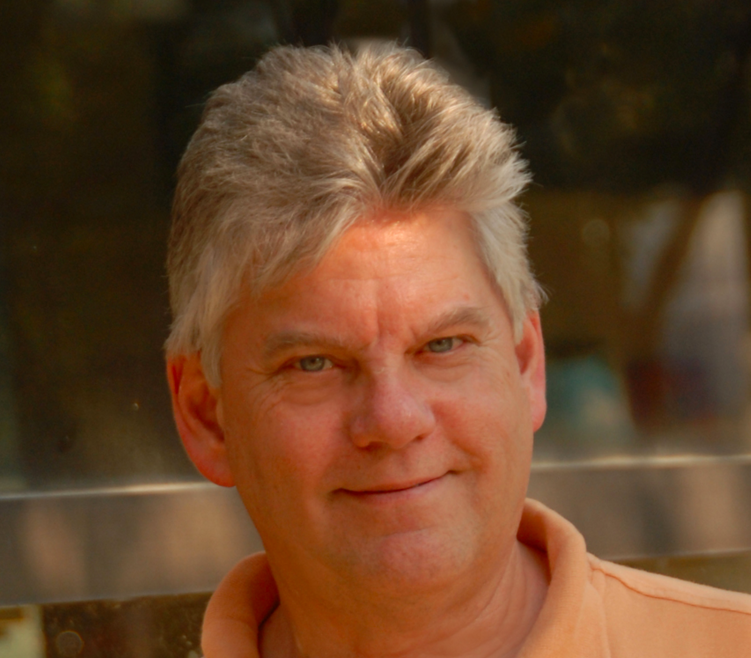Farms And Barns Photo Contest Winners
Thank you to all the photographers that participated in the Farms And Barns Photo Contest, sharing their best photos showing barns and farms. Congratulations to the winners and finalists, and a special round of applause for the Grand Jury Winner who wins an Evecase Convertible DSLR Camera Canvas Backpack .
A special thanks to our friend and professional photographer Hank Erdmann for his collaboration as a guest judge. Hank Erdmann is a professional natural history photographer and photographic educator who resides in Will County, Illinois. He has photographed throughout North America, making the Midwest his primary geographic area of interest. He teaches photographic workshops and presents for camera clubs and organizations since the late 1980's. His work has been published in numerous magazines, calendars and guides including National Geographic, and The Sierra Club. Hank is a member of NANPA, The North American Nature Photography Association.
"I love this image due to its reality, This is using technology for its benefits, not top create something that isn’t there. The view is what I’d expect to see if I simply looked at the scene. Exposure wise, allowing the roof of the building to lose most detail (this is how our eyes would see it) is brilliant, there is no other place that the viewer’s eye would instantly go to, and the center of interest should always do that, it certainly does here. Losing detail in highlights is something the best photographers fear, but the best photographers also know that in rare instances such tactics not only work, they make memorable great images.
Compositionally the “guideline” of thirds works exactly, where normally it places a horizon on a mathematical basis instead of where it should be, dictated by the scene. The edge of the top of the grassland does many things here, it anchors the trees, it dissects the structure which brings the eye back to the structure. The image uses balance / imbalance perfectly; all implied lines lead to the structure, and the placement is on a perfect thirds lower right power point, but the shorter tree on the left provides imbalance so that the placement doesn’t stagnate as it often does with perfect thirds placement. Finally the amount of grassland included allows for some darker shaded spots at bottom right adding depth to the image. My only nitpick is that I would have taken a step or two to the right which would have removed the convergence of the barn side and a tree trunk and isolated the structure even more.
Backlighting can be so dramatic when used expertly, and can be so difficult to use well, this uses it very well indeed. Superb Image!" - Hank Erdmann
"Like the grand prize winner this image is an excellent image using high key light and very bright light, in my view intentionally and excellently. Such light is very easy to be seduced into darkening it up as we are so afraid of losing highlight detail. It’s fairly easy to tell when such high key lighting is intentional because it always sits of the edge of too much left or too much detail lost – that is a very fine edge! Using the halo around the sun is a great way to get the “eye” view of the scene, the way the eye tends to view such light, using the “blinkies” or the over exposure warning feature, you would set you exposure for just the smallest halo around the sun to blink, to get this lighting you would set exposure so the whole halo is blinking so there is no detail (color) in it. You then adjust in post processing to set other elements at the brightness levels you desire. That is how one uses intentional high key lighting and this is an excellent example. My one suggestion would be to change the barn facing brightness. The darkest shadows are handled perfectly with just a hint of detail. For my liking however, I’d prefer the face of the barn, the wood, a bit darker, maybe almost as much as a stop, you want more detail that the shadows, but not as much as one has here. It would be closer to the eye’s view, still dramatic or even more so as it would slightly increase the contrast ratio of that section of the image.
Compositionally I do one small thing, a physical change in camera placement. I’d raise the camera enough to separate the back roof point of the barn, from being right on the edge of the bottom of the curve of the horizon. Where it is now might add minimally to depth but has the effect of pulling my eye to the rear of the barn. By raising the camera up a foot or two would place the front tip of the barn roof right below the apex of the darker hill in the distance and the whole bran roof line against the lighter grassland color/texture and highlight and separate the structure even more. I’d be willing to guess that the make was probably at full extension of the tripod height and couldn’t get any higher. Standing on bumpers or side door frames is difficult and doesn’t usually give one enough extra height and often requires hand holding the camera where balance is difficult at best and makes exact composition almost impossible, that is if you can even get your shooting position next to a vehicle. For this reason I often travel with a small light aluminum six foot ladder with a hole drilled into the top plate and a ballhead attached to it, it comes in quite handy quite often and doesn’t have to be used within touching distance of a vehicle." - Hank Erdmann
"I love the very classic B&W treatment as it really fits the scene to portray it in black and white, it creates a timeless treatment and a more dramatic one than color could give it. I’\m also happy the make used a non-exact “guidelines” of thirds placement as putting the horizon on an exact thirds placement would add far to much foreground, diminishing the puddle reflection. The horizon is exactly where the scene dictates it to be.
Exposure is perfect we have all ten zones from whit top black in the final image. Compositionally I absolutely love the placement of the barn, the tree, and the circular club above. The scene speaks to loss and renewal with the storm and the menacing cloud, the water all contributing to the feeling of age and decay, and the tree seeming growing out of the remains producing the raw material for a future structure and the same making. Fabulous capture!" - Hank Erdmann
"This image is the opposite of a high key treatment exploring the edges of darkness. It has an absolute feeling a dread and doom which is answered stoically by the strength of a still standing stone structure. The dark tones of the sky menace the scene. Use of detail loss in both the brightest and darkest areas not only are acceptable (I always tell student lose detail only when you the artist want to, not when the light seems to demand that loss), they absolutely make the image work. Again a non exact “guideline” of thirds placement leaves the horizon where the scene dictates versus where a formula or ratio does. The horizon is almost in a centered placement but feels nowhere near such. This is a great example of “Chiascuro” lighting used by great master painters like Rembrandt. The placement of the gate at the bottom edge of the foreground lets the viewer in to the safety of the solid stone structure. The fence and the lighting keep the viewer’s eyes on the center of interest. Very well done!" - Hank Erdmann
























































